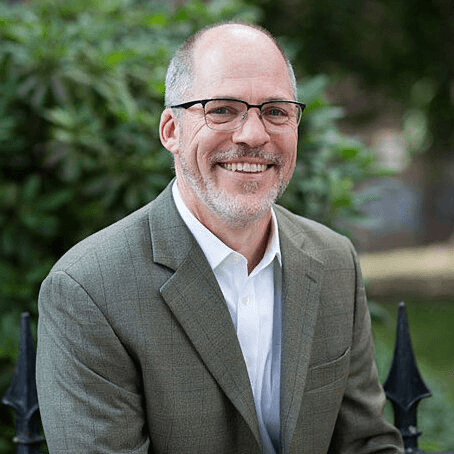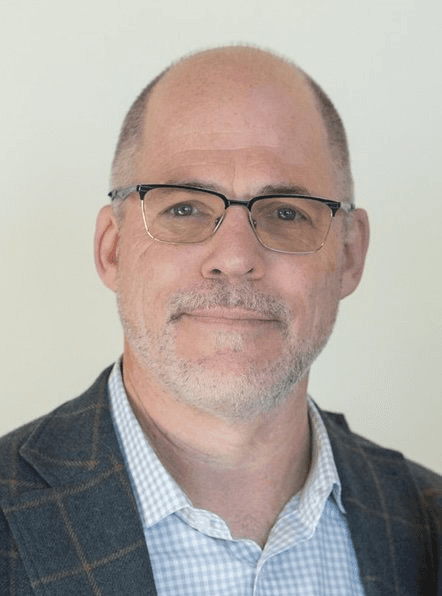Global Praise for How to Change the Future
“In an elegant and direct way, Bill Harris and Pete Mackey have told a story of dramatic change, a big Irish bet, and the power of cross-sector cooperation. Far more than that, they have provided practically a blueprint for how other governments, businesses, universities, and leaders can capitalize on the lessons Ireland learned along the way.”
—Bertie Ahern, Prime Minister of Ireland (1997–2008)
“Bill Harris and Pete Mackey have chronicled here the story of Ireland’s emergence and recognition as a force to be reckoned with in science and innovation. Their account is a scientific labor of love that underlines the importance of embedding science and innovation in the political, academic, and industrial culture within that of any nation or state.”
—Mary Harney, Deputy Prime Minister of Ireland (1997–2006)
“As the saying goes, liberty is the parent of science and industry. And the experience of the quick evolution of the newish Irish Republic into a major science-driven economy is proof of the notion that futures can be changed through stimulating science-based innovation. ‘How to Change the Future’ is a brilliant road map for every aspirational and emerging place and should be used around the world.”
—Michael Crow, President, Arizona State University
“This historical account of Science Foundation Ireland and Science Foundation Arizona is a strategic leadership and management formula for any country or US state working to further advance its scientific and economic development in this increasingly technological world. This book offers a concise and encompassing list of positives and lessons learned building those two important organizations that directly expanded their STEM-capable workforce which, frankly, made them even more competitive globally.”
—John F. Regni, Lt. General (Ret.), US Air Force; and Superintendent (Fmr.), US Air Force Academy
“If America is to renew the forces of progress that expanded opportunity and put innovation in service of economic growth and human potential, leaders in government, industry, and academia should read this book. Bill Harris and Pete Mackey have created a rare how-to on building transformative partnerships that matter, and we need these lessons now more than ever.”
—Walter Massey, Director (Fmr.), National Science Foundation and Argonne National Laboratory; President Emeritus, School of the Art Institute of Chicago and Morehouse College; and Chair (Fmr.), Bank of America
“’How to Change the Future’ is a marvelous condensation of Science Foundation Ireland’s impact and a clear call to action, including all the essential guidance for getting the work done. Drawing on how SFI transformed the Irish research landscape, Bill Harris and Pete Mackey show how to create broad awareness of the highest international research standards, drive universities to be ambitious, invest in and attract world-class talent, and help universities improve their support functions for research success. I highly commend it to academic leaders everywhere.”
—Sir John Pethica, Founding Director, Centre for Research on Adaptive Nanostructures and Nanodevices (CRANN); and Vice President (Fmr.), The Royal Society
“The appointment of Bill Harris as the first director general of Science Foundation Ireland provided us with an individual of academic achievement, a high-level career, and sapiential leadership qualities who showed the capacity to take on board suggestions from all quarters while forming a definitive opinion on the direction SFI should travel. In this multifaceted situation, he had by his side his valued colleague, Pete Mackey, who played an outstanding role in communicating expertly how SFI was evolving. This happy combination has produced an indispensable handbook for any entity planning to radically focus on research, development, and innovation as a mainspring in successfully driving the economic future.”
—Brian Sweeney, Managing Director (Fmr.) and Chair, Siemens Ireland
“In 2005, having studied the world’s most innovative economies, the state of Arizona decided that investing in the model that Science Foundation Ireland had built promised to support our universities and economy in strategic areas to inspire them to become even more competitive. Despite many budget challenges, the investment in Science Foundation Arizona did help inspire Arizona’s innovation culture, including a dynamic startup culture, that complemented a major expansion of Intel’s Arizona computer chip operations, helped attract a massive Taiwan Semiconductor commitment to Arizona, and championed STEM education across the state. ‘How to Change the Future’ provides essential guidance for other states and countries interested in enhancing their economic strength.”
—Janet Napolitano, Governor of Arizona (2003–09); US Secretary of Homeland Security (2009–13); President, University of California System (2013–20); and Faculty, UC Berkeley Goldman School of Public Policy
“In offering their detailed and instructive book, Bill Harris and Pete Mackey present a highly readable, must-read study for modern leaders desiring to connect the skills within universities to the research challenges required for maintaining a robust, dynamic society. With every country or state facing unique opportunities for developing new technologies, they aptly discuss essential and definitive practices for successfully recruiting the talent necessary to both create new and enhance existing research and development entities at all levels of society.”
—Ira W. Levin, Ph.D., Scientific Director (Ret.), National Institute of Diabetes and Digestive and Kidney Diseases, National Institutes of Health




